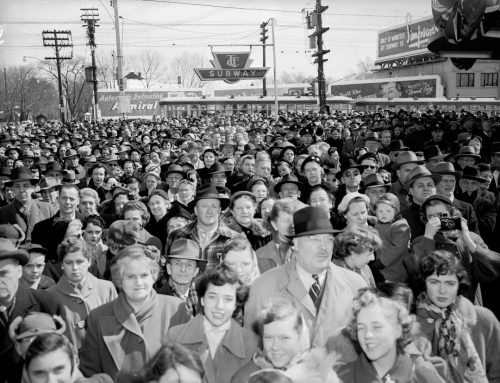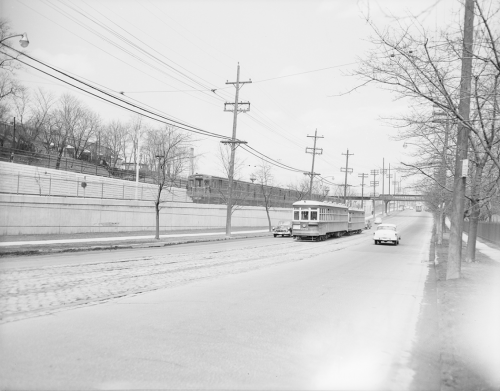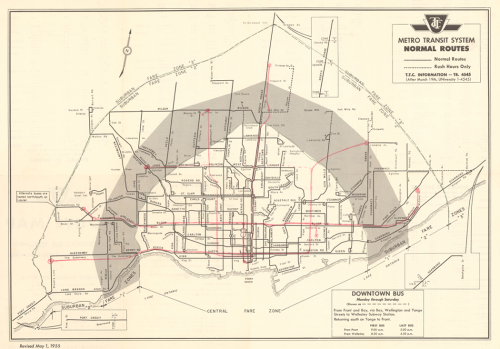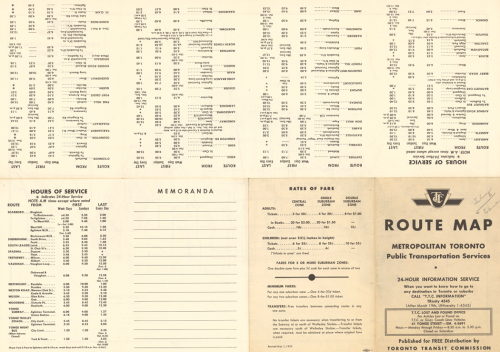
“The dream of 1944 becomes a reality in 1954.” So said TTC Chairman William C. McBrien in his inaugural remarks at the ceremonies marking the opening of the Yonge Street Subway on March 30, 1954. The 6,000 employees of the Commission were justifiably proud of their tremendous accomplishment, after years of planning and toil. The Yonge line was just the first phase of the proposed rapid transit system for Toronto, and marked the beginning of a new era of public transportation progress and development for the city that would continue to be realized in the 1960s and 1970s.


The opening of the Yonge Subway was not the only exciting development that occurred in 1954. On January 1, 1954, the Municipality of Metropolitan Toronto Act, passed on April 15, 1953, came into effect. Transportation services provided by the TTC were now under the responsibility of the Metro level of government, and the reach and influence of the TTC suddenly grew. There was an almost seven-fold increase in the TTC’s service area – expanding from 35 square miles to 240 square miles.
Under the Act, the TTC was required to purchase the assets of four independent bus lines that had been operating in greater Toronto. These were the Hollinger Bus Lines, the Danforth Bus Lines, the West York Coach Lines, and the Roselands Bus Lines. The coordination and extension of services to the municipalities surrounding Toronto was a daunting task, and resulted in nearly 200 new bus schedules with hundreds of new bus stops. In recognition of the changed scope and mandate of the TTC, its name was changed to the Toronto Transit Commission.
With its greatly expanded service area, the TTC moved to a new fare structure, with one fare zone for the city’s core, and three suburban fare zones. The number of zones was reduced to three in 1956, and to two in 1962. Finally in 1973, all of Metro was in one fare zone.

